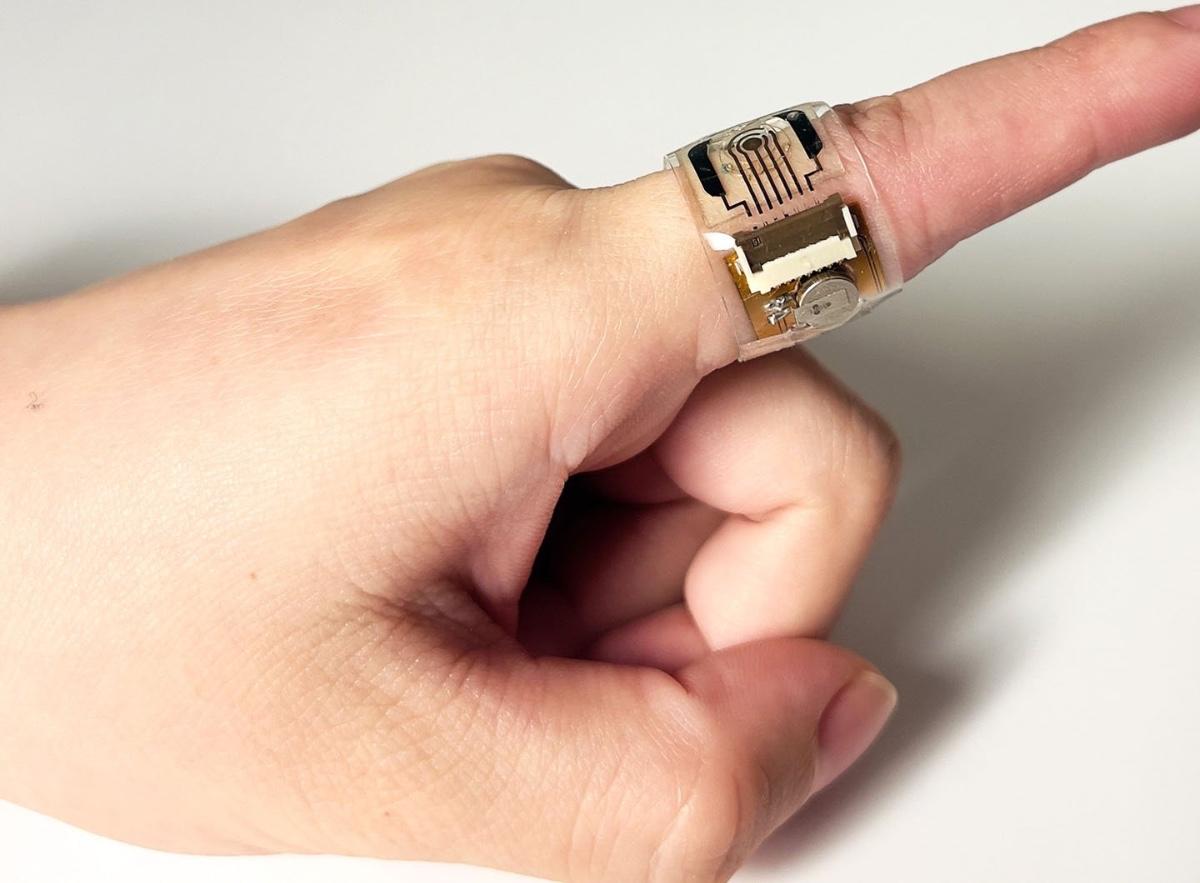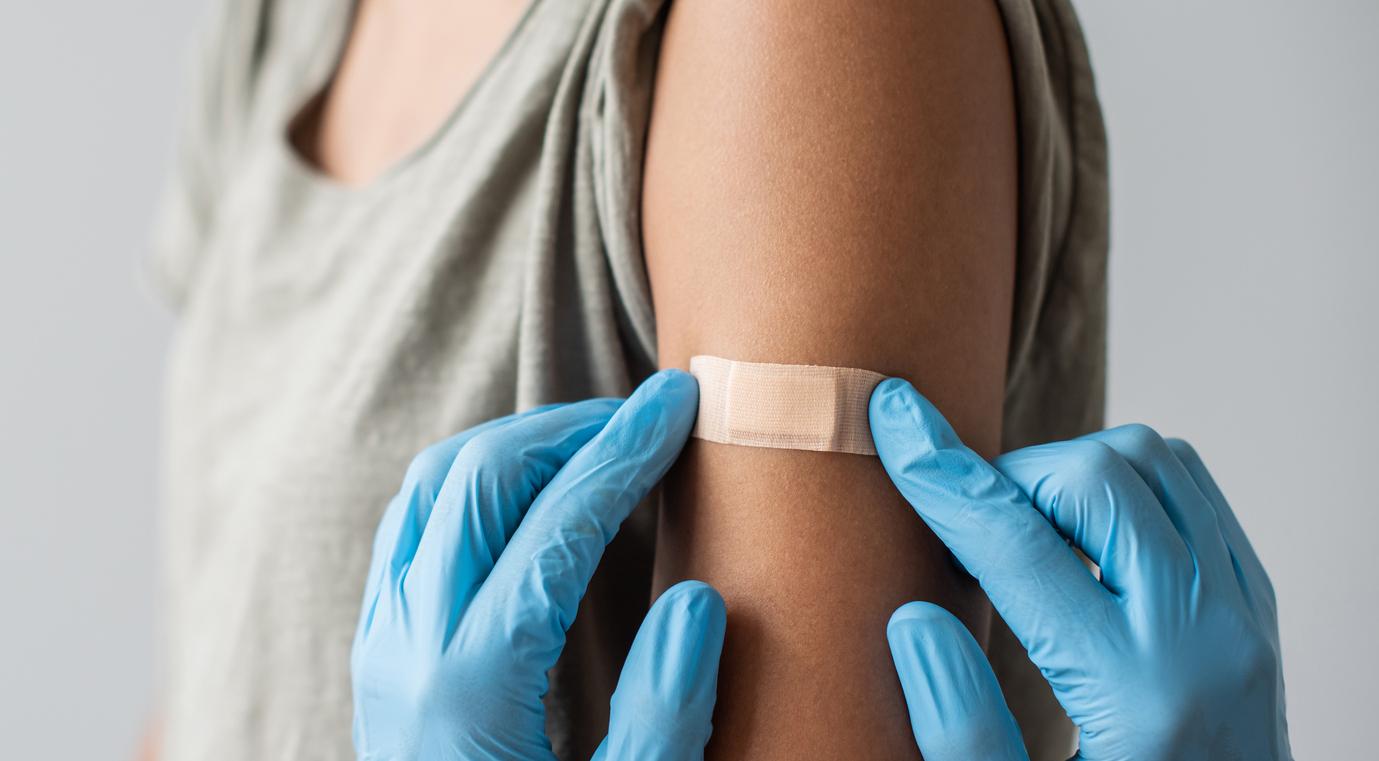
The contraceptive patch is one of the methods of preventing pregnancy.
The female reproductive system consists of the uterus, fallopian tubes and ovaries. The ovaries are almond-shaped glands on either side of the uterus. They produce the sex hormones estrogen and progesterone, which menstrual cycle regulate the woman. In addition to hormone production, the ovaries also have the function of storing hundreds of thousands of eggs. Each month, hormones stimulate the ovaries to mature eggs. In general, only one egg matures, which is released and can then be fertilized.
Fertilization can only occur during ovulation; this is the period in a woman’s menstrual cycle when the mature egg is released from the ovary and travels through the fallopian tube. An embryo is created when a spermatozoid fertilizes a mature egg in the fallopian tube. If the eggs start to divide, that is the sign that fertilization has taken place. Cell division creates a so-called germ vesicle or blastocyst. The blastocyst enters the uterus through the fallopian tube. The blastocyst must implant within the lining of the uterus to continue developing into an embryo.
The contraceptive patch is one of the methods of preventing pregnancy. The small square patch consists of several layers. In most patches, the bottom adhesive layer contains the hormones estrogen and progestin (the pharmaceutical form of progesterone). This layer rests directly on the skin, usually on the buttocks, abdomen or upper arm. This medicine is a hormonal contraceptive method. That means the patch releases synthetic hormones into the bloodstream, which affect a woman’s normal menstrual cycle.
Prevent these hormones pregnancy by the following factors:
- The ovaries no longer release eggs;
- The cervical mucus thickens and therefore the spermatozoa cannot penetrate to the eggs;
- The endometrium (inner lining of the uterus) becomes thinner and therefore an egg cannot implant.
You use the patch for a week; then it must be replaced. This must be done on the same day of the week for three consecutive weeks. In the fourth week, the woman does not wear a patch. In that week she gets her period.
The contraceptive patch is only available by prescription. This method carries the same risks as the oral contraceptive pill.















